Little is known about the biology of this subfamily in the Scarabaeoidea beetle group Ceratocanthinae (Coleoptera: Hybosoridae). A fast part of the known species are pantropical but a few species are known from the temperate forest regions of North America, South Africa and the south-eastern Palaearctic zone. Some of the species are flightless. They are found in floor debris, leaf litter but are also found in nests of social insects such as ants and termites. They are rarely encountered in the wild and seldom included in collections.
the Pill scarab is a little transformer being able to roll up into a nearly perfect sphere. It does so by withdrawing its legs in crevasses. The legs’ pro-, meso- and metatibia together with the head and pronotum close up the beetle. It is not fully known why these beetles evolved this way but retaining moisture and defence against predators seems logical.
The Bandai company made lots of very fine insect figurines, from the Mushi King output, Figure Pictorial Book of Gakken to even a cicada life cycle. A few years ago they started their Dango Mushi line. Which, till this beetle, consisted entirely out of pill bugs. Pill bugs are enormously popular in Japan. All Dango Mushi figurines have a roll up feature they are made exclusively for the Japanese market. But some Japanese stores can provide them to customers worldwide.
There isn’t a specific species name mentioned in the little paper that comes along with it. I asked a Facebook friend from Japan for a translation. But he could not find a species name. So I had to do a little research. Which is not easy concerning these beetles. Looking at the available images on the internet I initially thought this figurine resembled a Philharmostes sp.
It turned out to be Madrasostes kazumai hisamatsui Ochi, 1990 (male looking at the protibia). I found a picture of a fair were Bandai showed this figure with the species name in Japanese! What lead me to doubt was that Madrasostes kazumai hisamatsui has a very densely punctured pronotum and head not smooth at all like in this figurine.
The figurine is 2000% of the life size having about the size of a tennis ball.
The detail is great! This is why I love Japanese animal figurines; the often very realistic look with eye for detail and often very natural poses. The inventive mechanism of the real beetle most have felt familiar to Japanese toy makers that amazed Western toy manufacturers with their Transformer toys back in the eighties of the last century.

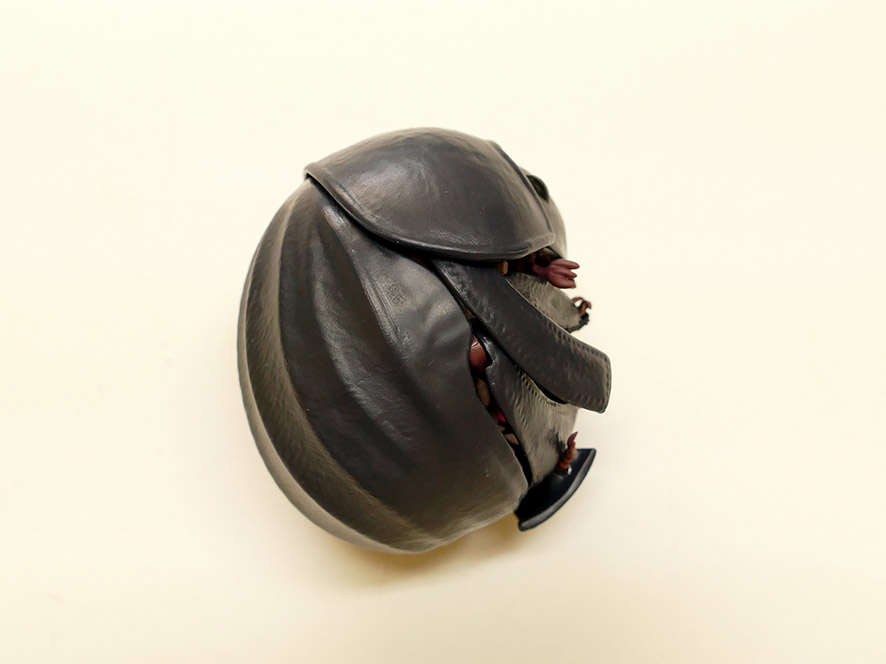


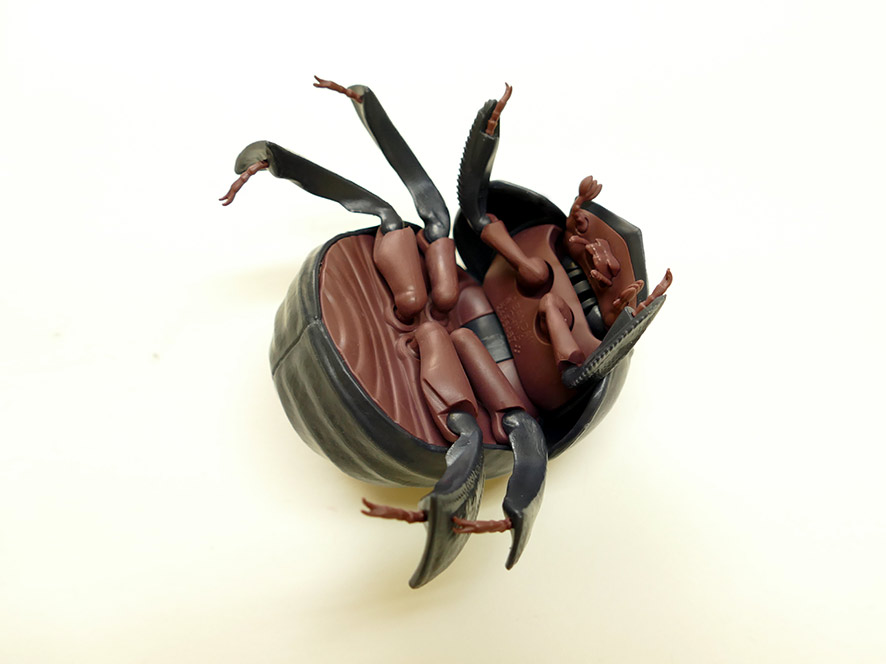


This certainly is one of the most creative and fine insect figures in my collection; species wise and with its transforming abilities. I bought two to display them in their different poses rolled up and stretched out. I find it a real masterpiece.


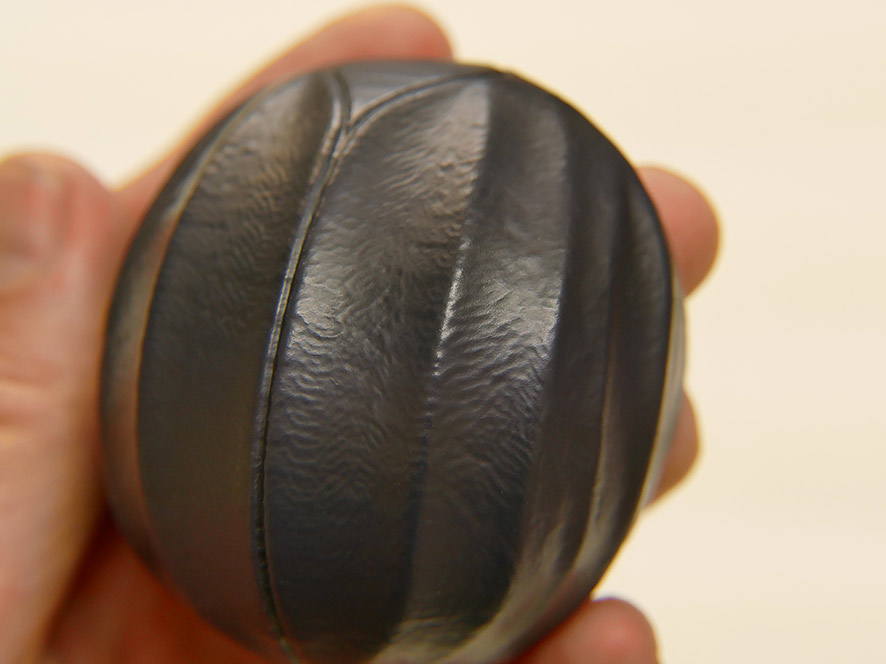
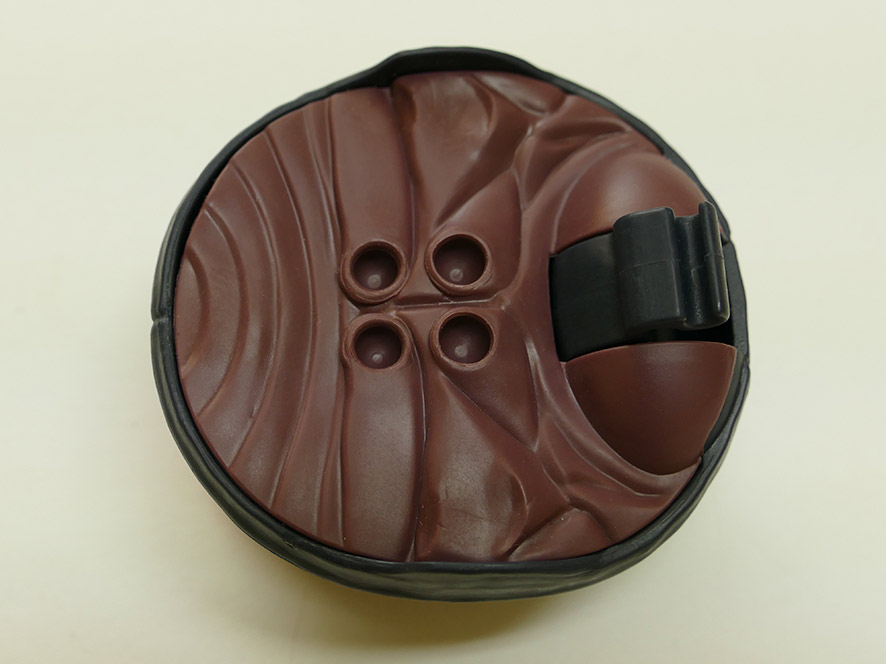
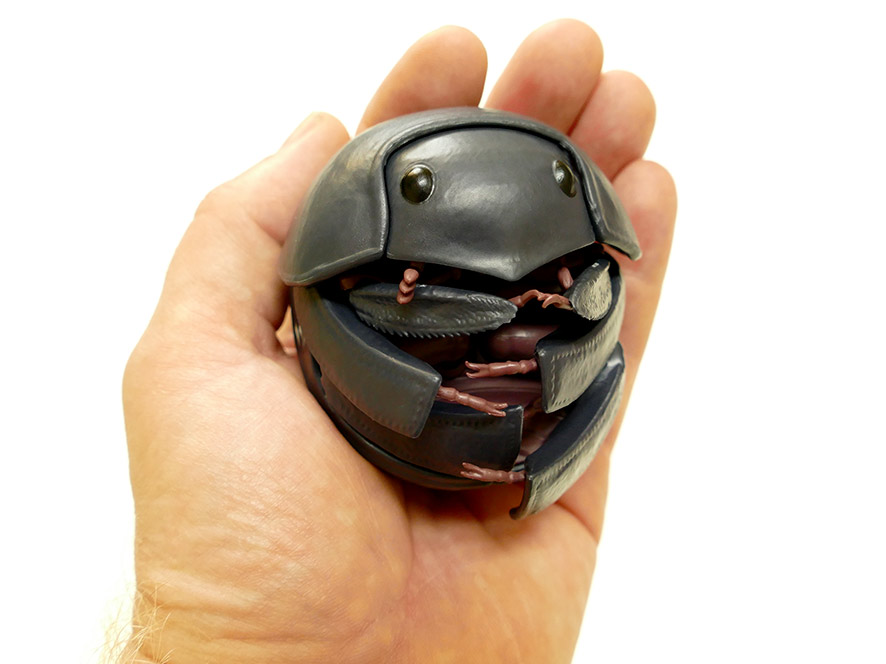
Disclaimer: links to Ebay and Amazon on the AnimalToyBlog are affiliate links, so we make a small commission if you use them. Thanks for supporting us!




Wonderful! Certainly the highlight for insects for 2019. My figure is still in Japan; been waiting over a month for it to be mailed to me…uggh.
I question the ID however; given the grooves on the elytra and that it probably represents an Asian species, I am thinking this is a species of Madrasostes.
Philharmostes sp. have grooves as well. And it was the only one being this rounded and with the same protibia. The Philharmostes sp I saw also had light white hair on the elytra that looks excactly like the structure on the figurines elytra. It is in the pdf I have sent you. Page 24 (page 2 in the pdf), Figure 1c.
Philharmostes speces are all Afrotropical, and I am presuming this is an Asian species :). But really it is anyone’s guess. I have very littler personal experience with ceratocanthines.
I just found out my package is boxed up and on its way, so I cannot ask my Japanese contact to check the paper for a name. Perhaps we can try to write Bandai directly?
Well I finally worked out the right species. Although the figurine has some other features following the Bandai’s presentation it is Madrasostes kazumai hisamatsui.
…also it was smart to buy two. I think I will display this figure in ‘walking’ posture, but if they release the second species, I will keep that one rolled up. All of my Dango Mushi isopods are ‘rolled up’ but I might stretch out the realistically-painted Cudaris murina that was released alongside this beetle 🙂
I have the brown C. murina, waiting to be realisticly painted 🙂